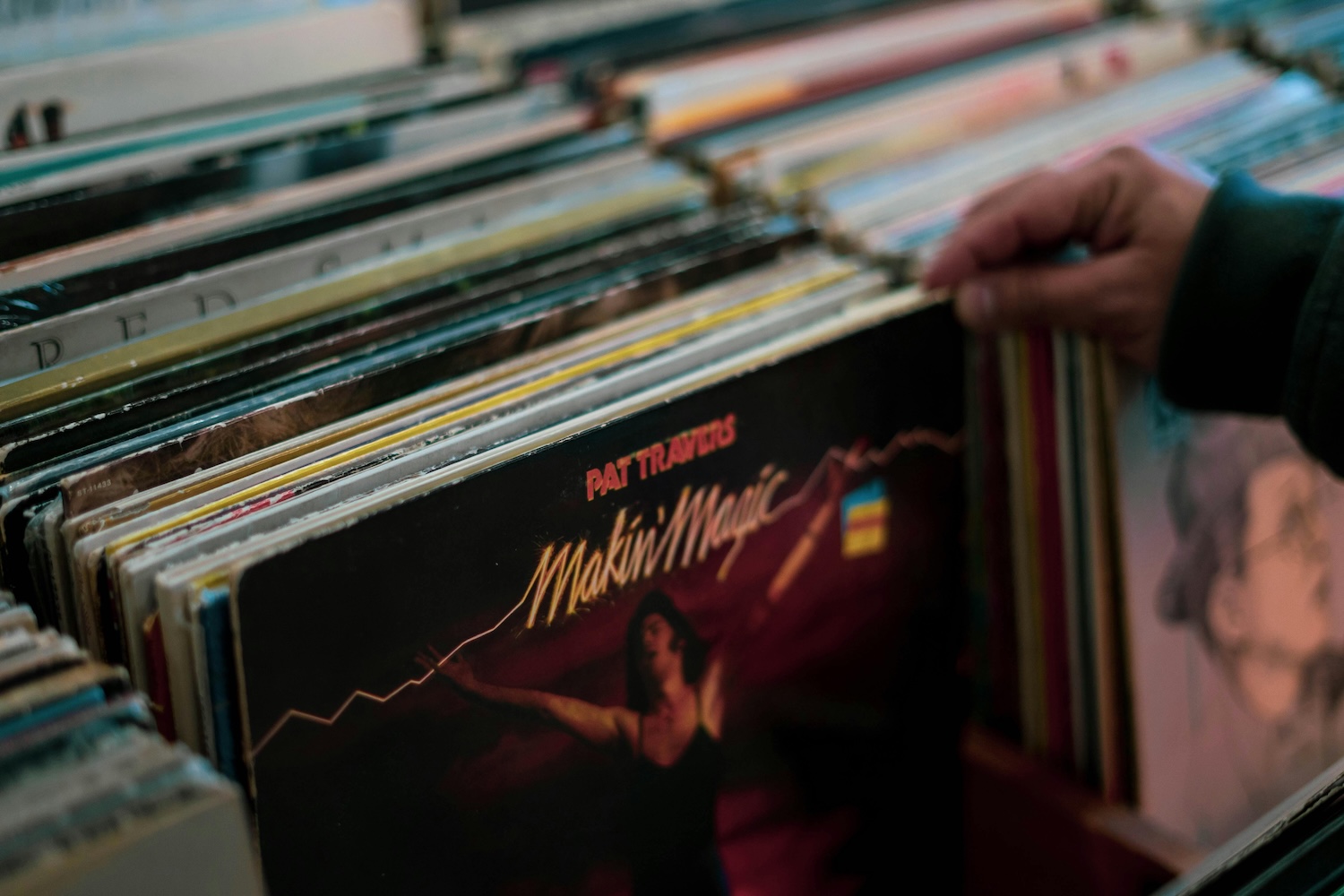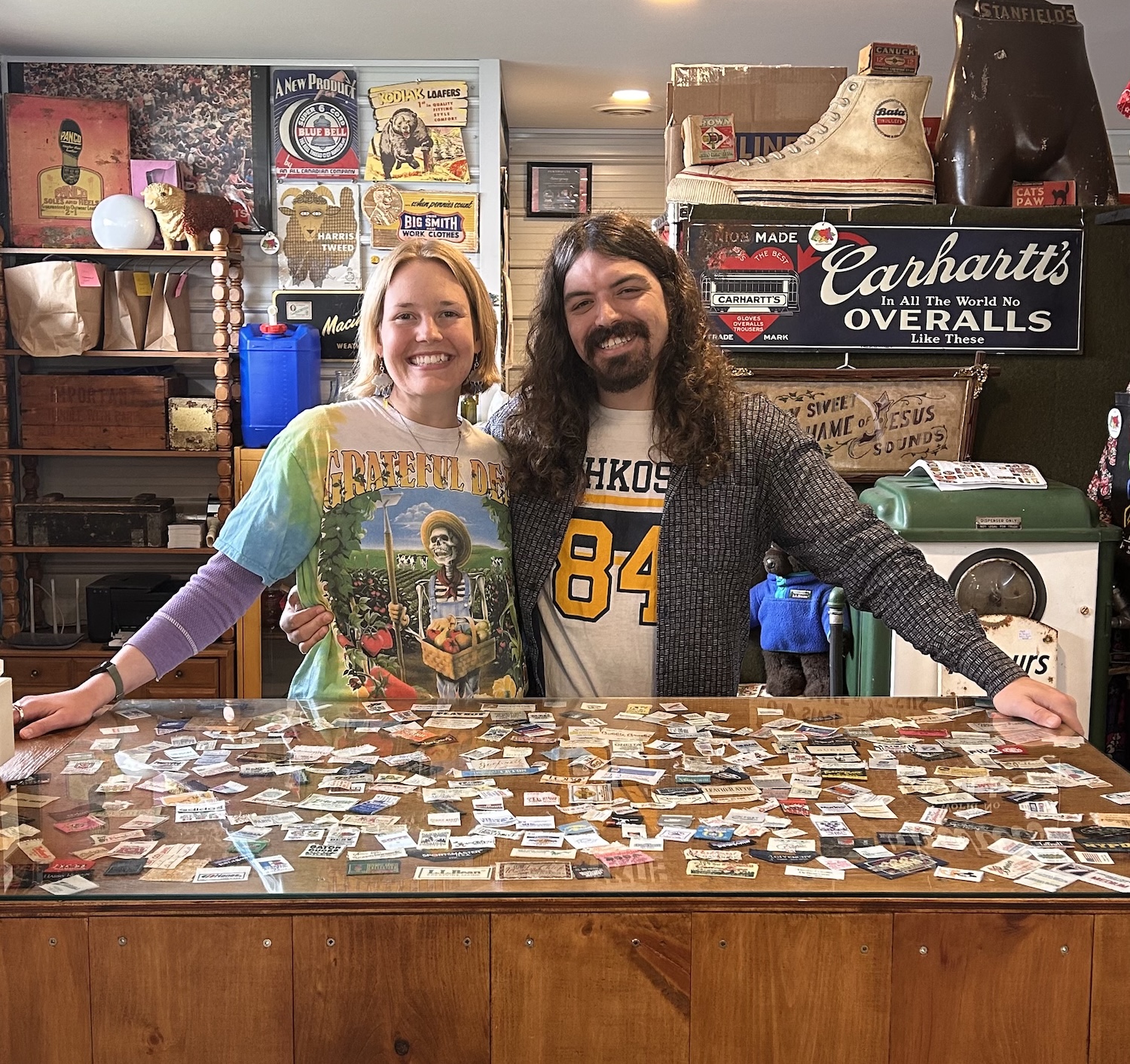
Make it mod: The history of Swinging Sixties fashion and where to find it
Not only did a teen-driven counterculture revolutionize the way people dressed in the 1960s, but it also wrote mod fashion into the vintage history books
Many parents argue that most teenagers go through a rebellious phase during their youth. But how many teenage rebellions go down in history as famous countercultures?
The Swinging Sixties was a decade unlike any other. The Fab Four had instigated Beatlemania and the British Invasion stateside. Jean Shrimpton and Twiggy were on every magazine cover at the newsstand.
Fashion designers Mary Quant and André Courrèges popularized a miniskirt so short women were “dared to bare” their legs for the first time in a stand against previously stuffy Parisian haute couture.
Youth culture took to the streets of London — Carnaby Street and King’s Road to be exact — where boutique owners appealed to the now financially flush youth market.
With the recent passing of miniskirt maven Mary Quant in April 2023, what better time for a retrospective of the revolution that marked mods as fun-loving hedonists?
A brief history of mod subculture
As the 1960s debuted, fashion’s influence harkened from the haute couture houses of Paris and the influence of U.S. first lady Jackie Kennedy who popularized the pillbox hat.
Who knew that the trendy tectonic fashion plates would collide into an earthquake — er, youthquake, rather — of revolutionary proportions?
Coined by then Vogue editor-in-chief Diana Vreeland, the “youthquake” was a 1960s cultural movement that saw a mass exodus of baby boomers entering adulthood from previously established cultural norms and expectations set by their parents.
Originating in London, the Swinging Sixties were catalyzed by the “mods,” short for modernists.
Women’s economic, social and sexual independence due to the introduction of the birth control pill were influences on female emancipation from the idealized femininity of the 1950s. But at its core was a deeper invention that covered guys, gals and non-binary pals.
Enter the teenager. For the first time, young people had disposable income in their pockets and ideas all their own.
How did the culture impact fashion?
Aligning with the development of the teenager was the creation of street boutiques that proffered mass-produced clothing using cheaper materials and sold at lower price points, marking the debut of the ready-to-wear-industry from the “bubble up” theory.
Gone were the days of Parisian fashion houses setting the style standard and having their trends trickle down to the masses.
Instead, boutique owners such as Mary Quant of Bazaar and Barbara Hulanicki of Biba watched and listened to young people — their clients — who gathered to see and be seen in their stores. They designed clothes that fit their youthful ideas and ideals.
Fashion ideology now came from teens on the streets and bubbled up to influence fashion houses.
What is mod fashion?
Mod fashion was fun, spirited and youthful. Those in the know placed more emphasis on original ready-to-wear pieces they could mix and match in new ways rather than focusing on quality fabrics with designer labels.
Spending money on expensive items was no longer the status quo, and you could find women from all tax brackets rubbing shoulders in the same boutiques.
The 1960s brought colour into people’s lives — literally. Glossy magazines ran colourful print editorials, TV was no longer in black and white, new films were in Technicolour and consumers no longer had to imagine what a garment looked like in real life by reading the fine print.
Continued below
Fresh advice about old stuff
Download our free tip sheets
Continued from above
Mod items of the mid-Sixties: A capsule collection
Make way for the miniskirt: British designer and Bazaar boutique owner Mary Quant and French haute couture designer André Courrèges are equally credited with inventing the miniskirt in 1964, but for different markets.
Preferring to cater to clients directly, Quant designed what they asked for — and they asked to look like her.
With her Vidal Sassoon bob hairstyle and fashion-forward outfits, Quant became a poster girl for how the average teenager dreamed of dressing.
She named the skirt after the Mini Cooper car, her favourite at the time. With hemlines inching six, seven, even eight inches above the knee in an attempt to shock elders with the vulgarity of the garment, miniskirts forever changed fashion and symbolized independence and liberation for women.
Space Age fashion: Courrèges began playing with hemline lengths at the same time as Quant but catered to his Parisian runway clients.
Courrèges was more influential creating the “Moon Girl” look — a space-age femme fatale who favoured boxy shapes, thigh-length hemlines and bold accessories such as helmet-like hats, goggle-looking sunnies and, perhaps most notably, go-go boots.
Spurred on by the space race between the U.S. and the Soviet Union during the Cold War, the astronaut look was additionally popular due to science fiction paperbacks and television shows such as Star Trek: The Original Series.
Following the developments of space-age technology, fashion fabrics followed suit. Man-made synthetic materials were soon popular including nylon, lurex, spandex, polyester and even non-cloth material such as PVC. They were cheap to produce, quick and easy to dry and often wrinkle-free fabrics — perfect for the mod woman on the go.
The crochet dress: The classic version was white and figure-hugging, miniature in length and worn with a flesh-coloured body stocking to cover all manner of sins.
Clothing with cutouts: Cutout clothing from 1965 and 1966 contained one singular cutout subtly placed within the upper half of a dress. As the decade wore on, multiple cutouts became the norm, often featuring novelty shapes like flower petals and even appearing on boots and shoes.
For vintage sellers, an original black and white paneled dress with a central cutout and a tag featuring a designer name the likes of Dollyrockers, Angela Cash, Blanes, Mary Quant, or Foale and Tuffin would be impossible to resist by your mod-loving clientele.
Pop Art: Originated from comic book art, mod band The Who’s front man Pete Townshend popularized the band’s cutting-edge clothing. Townshend used images such as targets, flags, superhero logos and slogans such as “zap!” and “pow!” to create his band’s mod look.
Op Art: Optical illusion art or “Op Art” appeared on everything from wallpaper to upholstery and fashion fabrics after artist Bridget Riley created compelling works featuring the eye twisting technique.
Of note for mod vintage sellers — Op-Art has become widespread in fashion, so you may find it difficult to determine a piece’s originality. The type of fabric, label and style of the item will give its period away.
Modern versions tend to be more conservative than the 1960s versions, so if you find something over-the-top using masses of fine Op Art print, you may have yourself an original 1965 piece on your hands.
Geometric garments: Contrary to what the name may suggest, geometric clothing did not come from patterned material, but was combined from panels of bold-coloured fabric cut into sharp lines.
These garments did not cling to the wearer, but rather created shapes and looks that were entirely their own. This was the intentional aim — to draw attention away from the wearer and onto the fashion piece itself.
Androgyny for you and me
You’d know a mod man by his mop top haircut in mid-sixties London. Middle class youth of both sexes favoured a unisex look for hairstyles.
As far as men’s mod fashion is concerned, I’ll start with the return of the dandy. Men meandered around vintage shops and raided their grandfather’s closets in an attempt to create something new from the old in order to stand out from other mundane mods.
Those without family attics favoured charity shops and street markets in Kensington and Portobello Road to vamp up the perfect vintage piece into a unique outfit. These dandy delights culminated in the “’30s look,” popularized at the end of the ’60s.
Bold prints and paisley patterns for button-downs were popular for men and women alike, and you would often find both sexes buying garments from the same clothing shops. Tighter and slimmer-fitting suits were topped by parkas aplenty.
Tailored shirts were also slim, accompanied by slim-fitting trousers or Levi’s jeans. Mod men were also known to incorporate boating blazers and as much bold colour as women into their wardrobes.
Bold colours for men represented not only a fashion statement, but also spoke culturally to the changing social revolution of the mid-’60s. Working-class men no longer wanted to be drab and inconspicuous like their fathers had been.
Men wanted to burst on the streets of London looking larger and louder than life, and designers acquiesced.
Mod to the next
As the decade came to a close, the mods made way for the hippie counterculture to come into fruition and shift to a more laid-back hippie and bohemian style of dress.
Flower Power, patchwork and peace signs were soon the order of the day with the 1969 Woodstock music festival moving fashion into its next era.
Where to find vintage mod fashion
Try these vintage sellers:
@iandrummondvintage | Toronto
@frockoffvintage | London, ON
@thevintagevaultbystjoseph
Pink Parade Vintage | Montreal
Mantis Lady Vintage | Columbus, OH
Community Thrift & Vintage | Vancouver
Cate Brown is an Ottawa-based freelance writer and gallery artist.
Thank you for valuing our work!
Support our work to see this page.
You’ve got a good eye, but this gem is only available for members. Register for a plan or upgrade your current one to peek behind this vintage curtain, or log in below.















